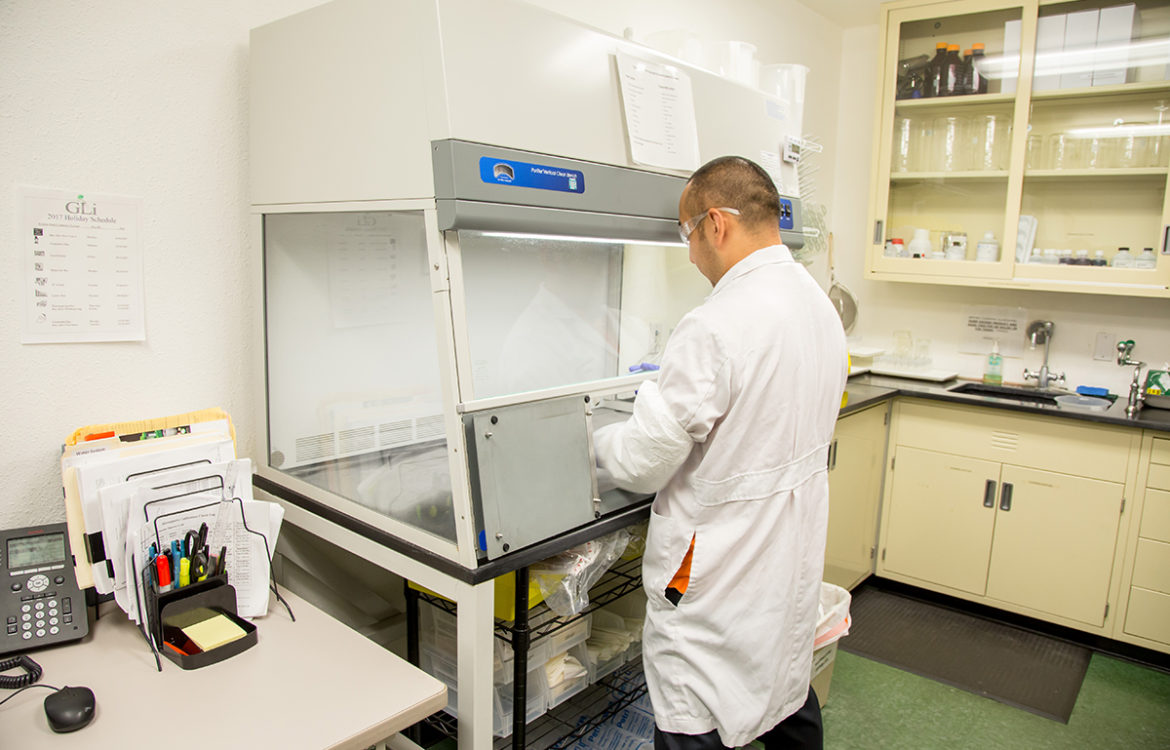Regulatory compliance issues are a concern to contract manufacturers everywhere. The landscape of rules and regulations governing the cosmetics industry, especially as it becomes an increasingly global market, change regularly. When considering a potential or current contract manufacturer, we’ve identified ten compliance issues you should examine when working with a contract manufacturer to ensure success.
You are probably familiar with the term “FDA-Approved” but might be less familiar with “FDA-Regulated.” Cosmetics are regulated but not approved by the FDA. Put simply, cosmetics products and ingredients do not require FDA approval before they go to market, but there are laws and regulations that cosmetics must follow. The exception is color additives which do need approval before going on the market.
The FDA-Regulated industries follow a set of guidelines called Good Manufacturing Practices that are developed in partnership with the FDA and agreed upon by industry.
GMP (Good Manufacturing Practices) is part of quality assurance aimed at ensuring that products are consistently manufactured to a quality appropriate to their intended use. It is concerned with both manufacturing and quality control procedures. (Sharp, John, Good Manufacturing Practice, Philosophy and Applications, Buffalo Grove, IL: Interpharm Press, 1991, pg. 47)
Much of the information in this article is drawn from the FDA’s Guidance Document.
The primary responsibility under GMPs in cosmetics manufacturing is to produce a product that is not adulterated or misbranded, either of which is prohibited. Let’s take each of these separately, and then we will look at the specific compliance issues involved.
Adulterated Product
The FDA identifies four reasons that a product can be deemed to be adulterated (Sec. 601), all of which are pretty straightforward:
1. It may be injurious to users under conditions of customary use because it contains, or its container is composed of, a potentially harmful substance.
2. It contains filth.
3. It contains a non-permitted, or in some instances non-certified, color additive.
4. It is manufactured or held under insanitary conditions whereby it may have become injurious to users or contaminated with filth.
A cosmetic may be deemed misbranded (Sec. 602) for reasons of:
1. False or misleading labeling.
2. Failure to state prominently and conspicuously any information required by or under the authority of this act.
3. Misleading container presentation or fill. (Ibid)
Ten Compliance Issues:
1. Building and Facilities
2. Suitability and Maintenance of Equipment
3. Personnel Training and Practices
4. Raw Materials
5. Production
6. Records
7. Laboratory Controls
8. Labeling
9. Complaints
10. Color Additives and Prohibited Ingredients
Building and Facilities
Building requirements for cosmetics manufacturers include everything from being an appropriate size to the types of surfaces, proper ventilation and lighting, to water supply and sewer systems. Your contract manufacturer should have a history of compliance proven by documented inspection history.
Suitability and Maintenance of Equipment
All equipment and utensils used in the process, including portable equipment and how the equipment is stored and cleaned, must be appropriate and well-maintained for its purpose.
Personnel Training and Practices
For compliance, all personnel involved in the manufacture or control, including supervising and performing the manufacturing, must have the training, education, and experience for their assigned tasks. Compliance also includes things like sufficient personal cleanliness, restricting food or tobacco use to areas where materials can’t be contaminated and restricting access by visitors or other unauthorized personnel.
Raw Materials
The raw materials used in your products have to be handled, stored, and tested appropriately including proper labeling to prevent mistakes, contamination, and degradation. When water is used as an ingredient, it has to be appropriately treated and procedures should be in place to prevent contamination or stagnation. Certain ingredients are prohibited from being used in cosmetics in the United States.
Production
Production standardized operating procedures (SOPs) should be established and include production areas such as formulations, processing instructions, in-process control methods, packaging instructions, and instructions for operating equipment.
Records
Electronic or paper records should be kept capturing all the details of the operations including documentation of ingredients, production steps including any deviations, and batch and lot control numbers. Are records created in a timely manner when an event occurs? Could you have an effective recall?
Laboratory Controls
Controls would include ingredient handling and testing, test methods, sampling techniques, lab equipment, and technician qualifications.
Labeling
Ingredients, equipment, storage areas, and finished products all must be labeled clearly and according to guidelines. Intentional or misleading labeling of ingredients can trigger audits or severe penalties.
Complaints
Compliance with complaints would include SOPs for reporting, evaluating, following-up, and determining whether to recall a product. For any claims that allege bodily injury or prompt a recall are they being reported voluntarily?
Color Additives and Prohibited Ingredients
Color additives aren’t approved for every use. The manufacturer must ensure prohibited, or restricted use ingredients are not used.
As you can see, the manufacturing process requires strict attention to the compliance issues when you are working with a contract cosmetics manufacturer. Armed with these ten compliance issues, you can begin to have a conversation with your prospective, or even existing contract manufacturer, that will help you evaluate their ability to comply with the Good Manufacturing Practices in our industry even if you don’t know every detail of the regulations. Clearly, picking the right manufacturing partner is worth every penny.


